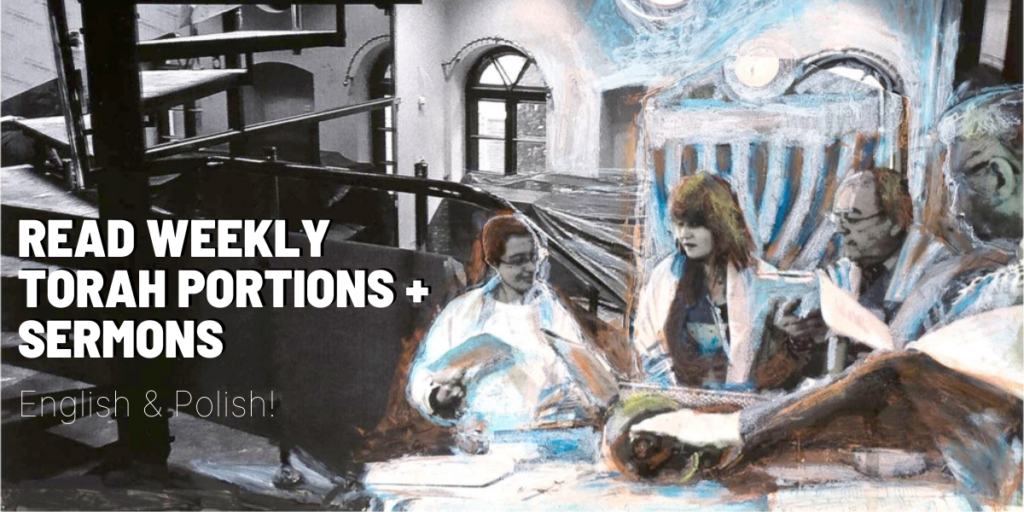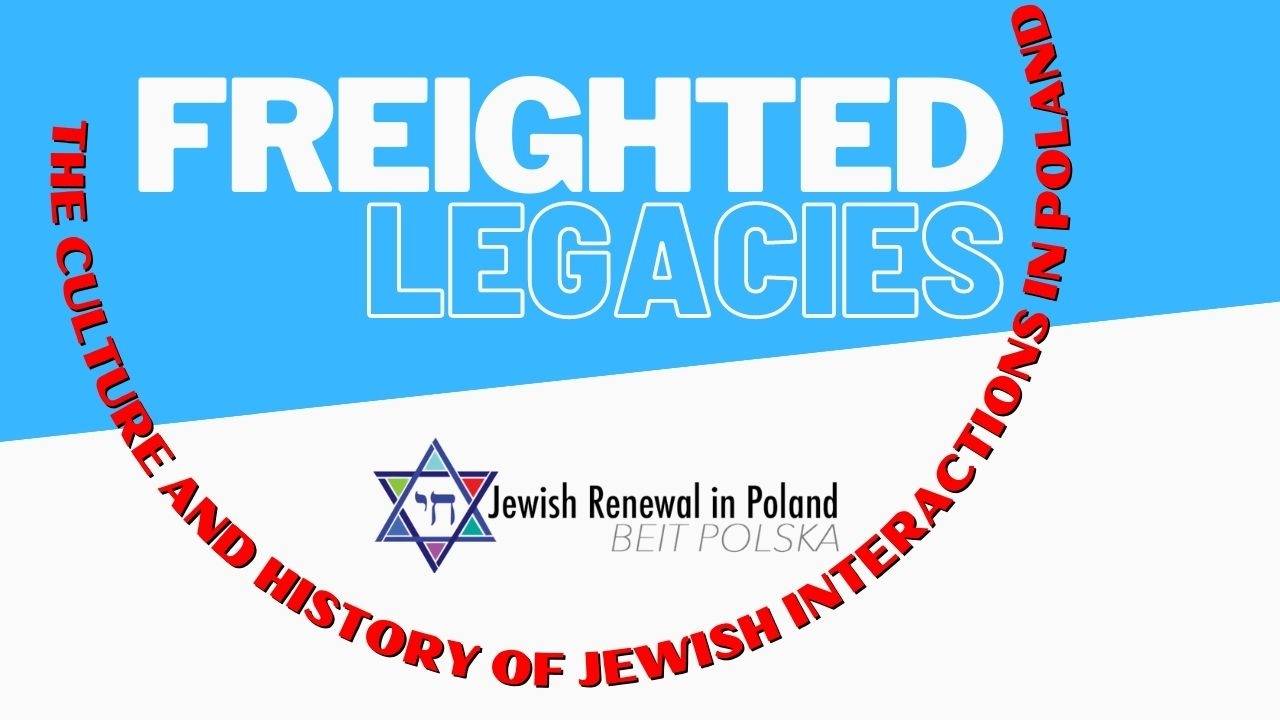
Menachem Mirski
Thoughts on Parashat Shemini
This week’s Torah portion dedicates much attention to the sacrificial offerings offered to the Eternal in the Tabernacle in the desert. There were essentially six categories of sacrificial offerings made to God, but we are not going to analyze them here. Instead, we will focus on the different roles which the offering of sacrifices played in ancient Judaism.
In Hebrew a sacrificial offering is called korban. This noun has the same root as the adverb karov (near) and the verbs likrov (to draw closer to something) and lekarev (to draw something closer), which already points to the first, fundamental role played by sacrificial offerings – korbanot were supposed to draw us closer to God.
However, this was not their only role – sacrificial offerings served three essential functions. The second role of korbanot was that implied by the very term “offering” – namely giving away and renouncing something which one owns. Only domesticated and not wild animals were offered as sacrifice. The third role of sacrificial offerings (korbanot) was that of substitution, i.e. replacement. Indeed, in case of the “sin offering” the greatest emphasis was placed on this very role, since what was being done to the animal should actually have happened to the sinner himself for the transgression he had committed.
Contrary to common belief the aim of korbanot was not simply and exclusively to be granted forgiveness for one’s sins. Whilst many of the offerings did entail expiation, this was often just an additional aspect – one among many others. Sacrificial offerings served similar functions as those which can be ascribed to prayer – they were offered in order to draw closer to God and to express gratitude; they were also offered on different Festivals. And just as there are penitential prayers, there were also penitential sacrifices. The situation was as follows: the aim of most of the offerings was to obtain forgiveness for unintentional sins – that is if the sinner had not been aware of the inappropriateness of a given action or had committed it against their will, as a result of a mistake etc. In such cases atonement was not necessary. On the other hand, when it comes to sins committed intentionally, a sacrificial offering itself was not enough. Beforehand one had to feel true remorse and – if someone had suffered as a result of their actions – repair the wrongdoing they had caused. Only then could a sacrificial offering be made.
In addition, sacrificial offerings were not the only path leading to forgiveness, which could have been secured also through acts of repentance, prayer and tzedakah. This notion is stated already in the Hebrew Bible (Hosea 14:3). It is also a historical fact that Jews living in the Diaspora in Alexandria already in the 3rd century before the Christian era had developed a practice of offering “bloodless”, symbolic sacrificial offerings. This undermines the belief which some people hold and according to which it was Christianity to introduce symbolic offerings and by doing so opposing the allegedly “barbaric” Judaism, which continued to carry out such rituals up until the destruction of the Jerusalem Temple. Early Christians – who were still Jewish and lived in the times of the Temple also offered animal sacrifices in it – they participated in the Temple cult on par with other Jews. One can read about this in the New Testament in the Gospel of Luke 24:53 and in the Acts of the Apostles 2.46; 3.1 and 5.42. A broader discussion on this subject as well as on the topic of how ancient Judaism and Christianity parted ways can be found in James D.G. Dunn’s book The Partings of the Ways.
But we are not going to elaborate further on this subject here. Instead let us ask ourselves which of the above mentioned practices can be still put into use today. Actually, the answer to this question is not that difficult. If we have inadvertently done something which we continue to feel guilty about, we can make a sacrificial offering by means of… tzedakah. Depending on how strong our sense of guilt is and on our financial situation we could donate a certain amount of money to a Jewish community in need, a certain charity or an animal shelter etc. This way we can atone for our sin and rid ourselves of a guilty conscience. Thereby we will have fulfilled two out of the three roles ascribed to korbanot: the act of drawing closer to God (by means of charity) and also the act of renouncing something. Modern-day people no longer need the third role it used to fulfill – that of “substitution”. They do not need it, although unfortunately something always keeps on happening in the human world which makes us doubt that…
Shabbat Shalom!
Translated from Polish by: Marzena Szymańska-Błotnicka


















Leave a Reply